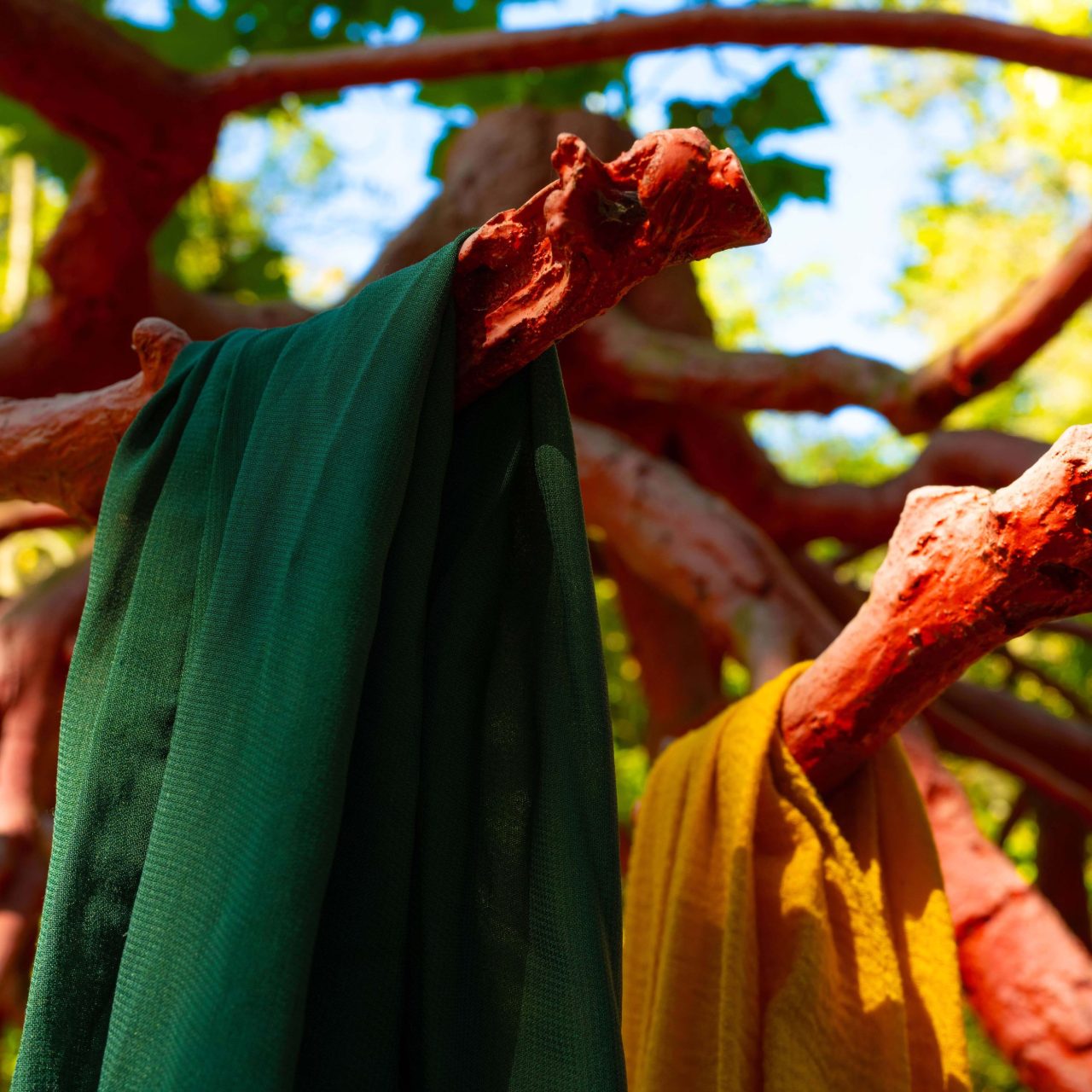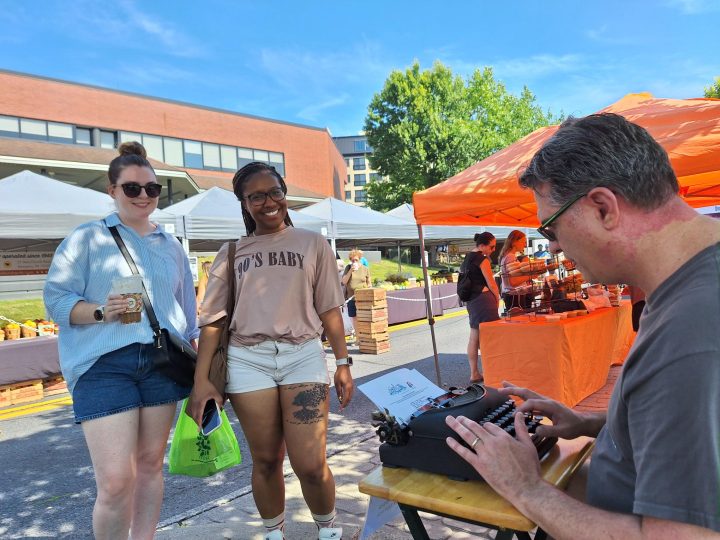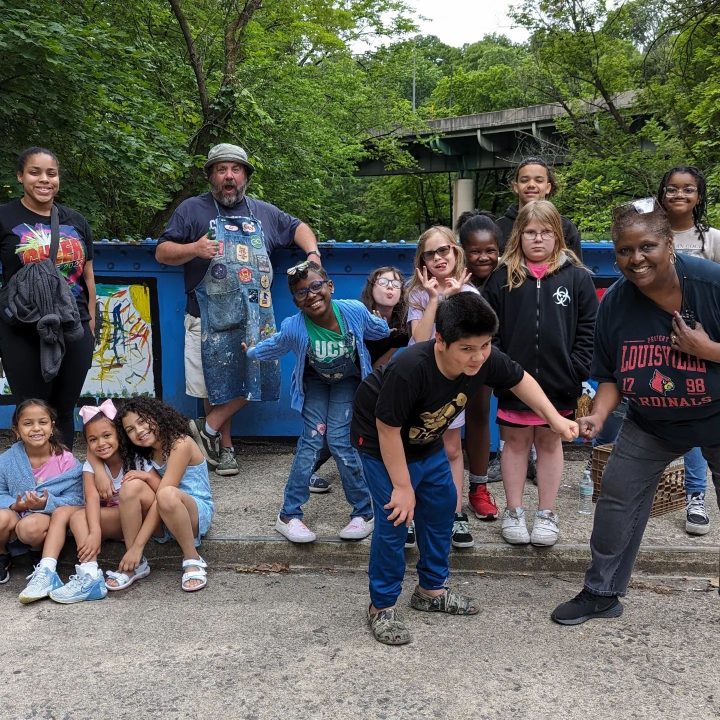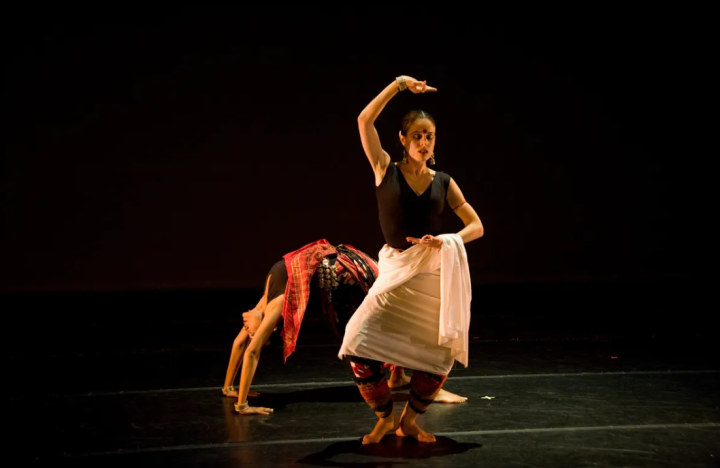The Karl Stirner Arts Trail will host the second annual Performing the Trail dance event on Saturday, Oct. 4, at 5:30 p.m., as part of Lafayette College’s Fall Arts Festival, starting at the McAteer Memorial Bridge (“blue bridge”). If it rains, the event will be moved to Weiss Theater in Buck Hall (243 N. Third Street).
The program is themed “Run-of-the River: Liminality and Refusal at the Foot of College Hill, a Bicentennial Reflection.” The evening invites participants into a shared artistic experience, beginning with an optional offering of luminaria. Guided by poet Corey Riotz and saxophonist David Antwi, the audience will journey through six dance performances, culminating in a powerful closing by spoken word poet Lyrical Faith.
The site-specific dances:
“Let it be me, Lord,” near Bushkill Creek. Dancer Christopher Odoms: “This piece explores the Prayer of Jabez. During times of pain and sorrow, I hope to bring joy. I am grateful for all those who have poured into my life. This piece is my response to the call to action. Let it be me, Lord.”
“Red” near Upriver: Ripple Marks, Allentown Formation. Dancers Felicia Cruz-Sharpe, Madelyn Kroeper, Marcelina Palmer, and Lucille Rudnick will perform choreography by Heidi Cruz-Austin and music composed by Eilidh Wright. Cruz-Austin: “The piece explores the psychological and emotional landscapes of individuals caught in self-imposed cycles — be it of guilt, regret, desire, trauma, but mainly internalized societal expectations. What if the thing holding you back was made of your own longing?”
“The Metazoan Medley” on the tree stump in front of the stage. Dancer Sahana Hassan Balasubramanya: “Set to music by the eclectic music group Shakti, this piece is conceived as a moving sculpture, morphing through myriad animals and creatures in our animal kingdom. All life forms are connected in the ‘circle of life,’ and this piece is meant to convey not just the diversity and beauty found in nature, but also this interconnectedness.”
“Crossings” by the No More Milk and Cookies sculpture on Movie Hill. Lafayette College sophomore June Morishige will dance to Ithaca suite: II. Telemachus. She says her dance is “an exploration of intersectionality, its beauty and its struggles. The sculpture No More Milk and Cookies was made by American sculptor Chakaia Booker with recycled tires, twisting, fraying, and weaving together to resemble a massive net. From a distance, the piece has a haunting presence, yet its playful title and unexpected rubber material challenge assumptions and invite viewers to reconsider initial impressions.”
“On Being Rooted” at Living Willow Grove. Kelly Prentice and Janice Bourdage will dance to “Eastern Slide” by Dub Sutra. They say, “The dancers in the living willows reflect on how we can find pathways to rootedness in a world that is ‘slippery slick.’ Some approaches may include moving back into our bodies (embodiment), balancing the head and the heart, connecting to the energies of nature, and letting ourselves give and receive in community. A continued study through movement of the philosophy in the Bhagavad Gita.”
“Pallavi, a flowering” on stage near the Eight Pieces of Brocade exercise path. Nandini Sikand will perform to “Raag rageshwari in Ek taal” with choreography by Guru Durga Charan Ranbir and an accompanying projection. Sikand says, “Pallavi, which means to blossom, builds slowly and increases in rhythmic complexity. This playful raag (melodic framework) is typically performed during the liminal time when day crosses into the night.”
The event is supported in part by the Bicentennial Academic Fund.




